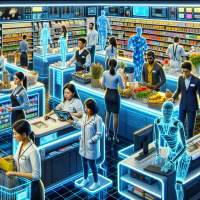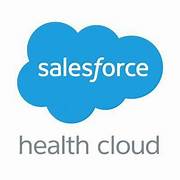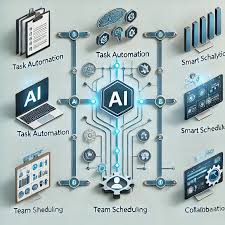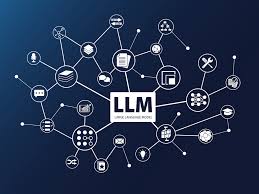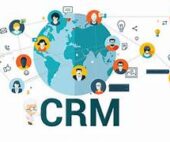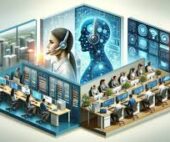The Rise of Digital Workers: Unlocking a New Era of Opportunity Over the past two years, advancements in artificial intelligence have sparked a revolution in how humans work, live, and connect. While impressive generative AI models have garnered significant attention, a new paradigm of autonomous AI agents is emerging, promising transformative changes to industries and societies alike. Unlike traditional “predictive AI,” which analyzes data for recommendations, and “generative AI,” which creates content based on learned patterns, autonomous AI agents go a step further. These agents operate independently, executing tasks, making decisions, and even negotiating with other agents. This evolution introduces an intelligent digital workforce capable of scaling operations, reducing costs, and enhancing productivity. Consider a large retailer during the holiday season. Instead of relying on human workers or pre-programmed software to address customer inquiries or update inventory, autonomous agents can seamlessly manage customer interactions, monitor stock levels, reorder items, and coordinate shipping—all without human intervention. This level of automation represents a groundbreaking shift, enabling businesses to operate on an unprecedented scale. Expanding the Reach of Digital Labor Autonomous AI agents are breaking traditional barriers of human availability and physical constraints, enabling businesses to scale globally and more efficiently. These digital workers are not limited by geography, opening opportunities previously restricted to specific locations. However, this shift comes with challenges. Ensuring trust, accountability, and transparency in AI systems is critical. Equally important is investing in human-centric skills such as creativity, critical thinking, and adaptability, which remain uniquely human. Sustainability is another concern, as AI-driven technologies place increasing demands on energy and resources. By addressing these issues, societies can unlock the full potential of digital labor while safeguarding the planet and human values. Transforming Everyday Lives Beyond businesses, autonomous agents are poised to transform personal lives. Personalized agents can act as tutors for students, guiding them through their learning journeys. For individuals, these agents can manage everyday tasks, from scheduling appointments to coordinating complex logistics. In healthcare, AI agents are already alleviating administrative burdens on providers. For example, intelligent agents can handle patient communications, monitor progress, and schedule follow-ups, freeing doctors and nurses to focus on complex cases. Such innovations hold the potential to revolutionize patient care and improve outcomes across the board. Navigating Disruption and Change Like any transformative technology, the rise of autonomous agents will bring disruptions. Some industries will struggle to adapt, and jobs will inevitably evolve—or, in some cases, disappear. History shows, however, that technological revolutions often create far more opportunities than they displace. For example, the U.S. workforce grew by over 100 million jobs between 1950 and 2020, many in industries that didn’t exist before. The key lies in preparing workers for new roles through education and training. Autonomous agents are essential in addressing global challenges such as labor shortages and stagnant productivity growth. They amplify human capabilities, driving innovation and boosting economic output. For example, in the third quarter of 2024, U.S. productivity rose by 2.2%, fueled in part by AI advancements. Driving Innovation and Collaboration AI agents are also fostering innovation, sparking the creation of new companies and industries. More than 5,000 AI-focused startups have emerged in the past decade in the U.S. alone. This trend mirrors the technological revolutions driven by past innovations like microchips, the internet, and smartphones. However, effectively harnessing agentic AI requires collaboration among governments, businesses, nonprofits, and academia. Initiatives like the G7’s framework for AI accountability and the Bletchley Declaration emphasize transparency, safety, and data privacy, offering critical guardrails as AI adoption accelerates. A Vision for the Future Autonomous agents represent a powerful force for change, offering unprecedented opportunities for businesses and individuals alike. By leveraging these technologies responsibly and investing in human potential, societies can ensure a future of abundance and progress. As Marc Benioff, CEO of Salesforce, emphasizes, “AI has the potential to elevate every company, fuel economic growth, uplift communities, and lead to a future of abundance. If trust is our north star, agents will empower us to make a meaningful impact at an unprecedented scale.” Like Related Posts Salesforce OEM AppExchange Expanding its reach beyond CRM, Salesforce.com has launched a new service called AppExchange OEM Edition, aimed at non-CRM service providers. Read more The Salesforce Story In Marc Benioff’s own words How did salesforce.com grow from a start up in a rented apartment into the world’s Read more Salesforce Jigsaw Salesforce.com, a prominent figure in cloud computing, has finalized a deal to acquire Jigsaw, a wiki-style business contact database, for Read more Service Cloud with AI-Driven Intelligence Salesforce Enhances Service Cloud with AI-Driven Intelligence Engine Data science and analytics are rapidly becoming standard features in enterprise applications, Read more




